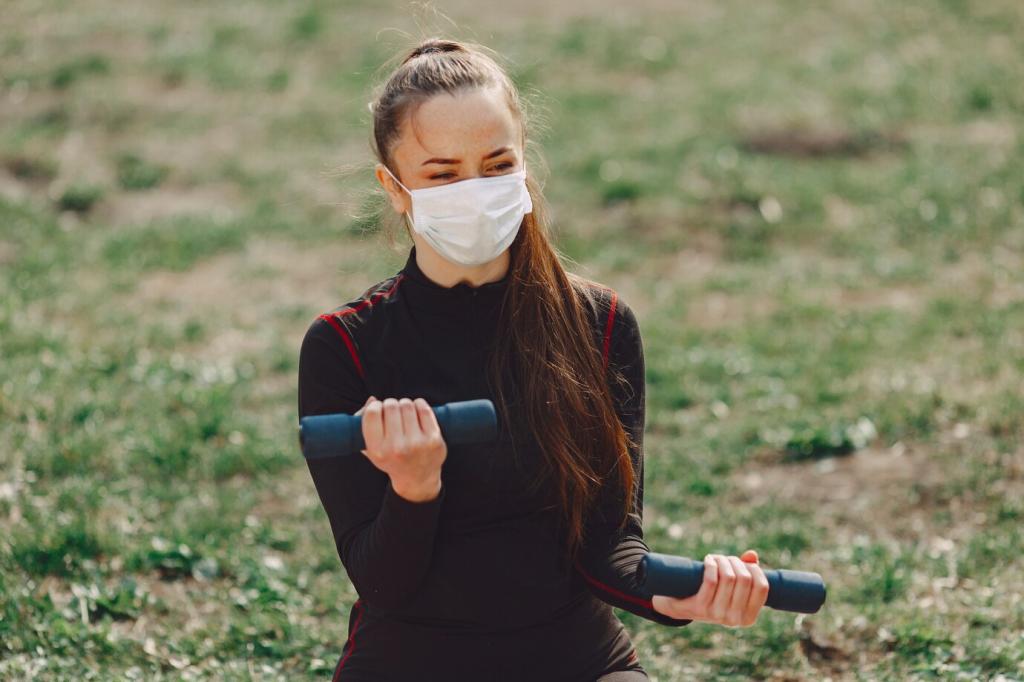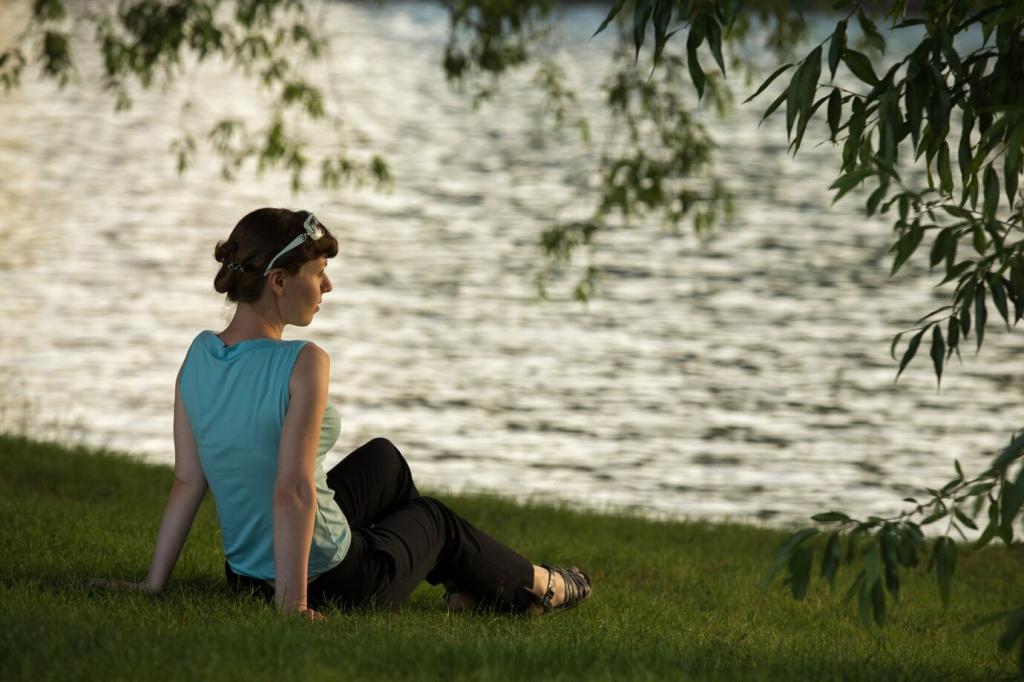
The Role of Urban Microforests in Biodiversity Conservation
Today’s chosen theme is The Role of Urban Microforests in Biodiversity Conservation. Discover how compact, native-rich plantings revive urban ecosystems, invite wildlife back into our streets, and empower neighbors to become stewards. Share where your city most needs a microforest and subscribe for upcoming guides.


From Concrete to Canopy: Why Microforests Matter
A postage-stamp plot behind an old warehouse once held only gravel and litter. Two years after planting a dense mix of native trees and shrubs, wrens nest, butterflies feed, and children count species after school.
From Concrete to Canopy: Why Microforests Matter
Layered plantings stack canopy, understory, and groundcover, multiplying niches in limited space. This structural complexity welcomes pollinators, beetles, and birds, boosting species richness and stabilizing urban food webs that were previously fragile and fragmented.
Designing for Maximum Biodiversity
Native Species Palette With Purpose
Pick a spectrum of native trees and shrubs that flower and fruit across seasons, ensuring continuous resources. Include host plants for local butterflies and shrubs with dense cover for urban birds seeking safe roosts and nesting opportunities.
Vertical Structure and Microhabitats
Mix fast and slow growers to shape canopy, understory, and groundcover. Add logs, leaf litter, and rock piles to create cool refuges, nesting materials, and hunting grounds for insects, amphibians, and small mammals within tight footprints.
Water, Mulch, and Soil Care
Capture runoff with shallow swales, mulch generously to hold moisture, and avoid synthetic fertilizers. These steps protect young roots, foster fungi, and keep your microforest resilient during heat waves. Subscribe to get our seasonal maintenance checklist.
Stepping-Stone Habitats for Movement
Butterflies and small birds rarely cross wide parking lots, but they will hop between safe green islands. A series of microforests placed every few blocks can guide pollinators and seed dispersers through dense neighborhoods and commercial districts.
Mapping Gaps and Opportunities
Use simple maps to spot habitat gaps between existing parks and tree-lined streets. Plant new microforests near transit lines, schools, and waterways to stitch a continuous route. Tell us which corridor your community would prioritize first.


Shade and Evapotranspiration Benefits
A small cluster of trees can drop local temperatures several degrees during heat waves. Transpiring leaves act like tiny air conditioners, while shaded sidewalks encourage walking and outdoor play even on bright afternoons during the hottest months.

Stormwater Capture and Infiltration
Root systems open compacted soils, allowing pulses of rain to soak instead of rush into drains. Swales and basins within microforests hold water temporarily, filtering pollutants and nourishing trees through dry spells after intense summer storms.
Community Science and Ongoing Monitoring
Measure tree height with a stick, count flowering species monthly, and note first pollinator arrivals in spring. These repeatable observations reveal trends and help prioritize watering, pruning, and expansions as the microforest matures across seasons.

Permits and Partnerships
Partner with city foresters, schools, and transit agencies to secure sites and long-term access. Clear agreements reduce risk and streamline maintenance. Which local institution near you might host the next microforest node along a commuter corridor?
Funding the First Five Years
Microforests need early care for watering, mulching, and replacement planting. Blend microgrants, local sponsorships, and volunteer hours. Share this post with a potential sponsor, and subscribe to receive a ready-to-use pitch deck and budget template.
Succession and Adaptive Management
As shade increases, shift species in the understory and adjust irrigation. Monitor invasive pressure and respond early. A living stewardship plan keeps biodiversity rising rather than stagnating once the canopy closes and space dynamics evolve.

A Schoolyard Springs to Life
Fifth graders planted saplings behind their gym, naming each tree after a local species. By year two, they recorded three bee species and a robin’s nest, turning recess into a daily biodiversity lesson for everyone.
Railway Verge to Pollinator Haven
A narrow strip beside a commuter line was once litter-strewn and windswept. After native shrubs and grasses took hold, commuters began spotting goldfinches and dragonflies. Share your own commuter wildlife sighting and tag the nearest microforest.
Courtyard Canopy, Community Pride
Residents transformed a concrete courtyard into a layered pocket forest with rain gardens. Summer evenings grew cooler and quieter, while moth counts surged. Comment with your favorite nighttime pollinator and we will compile a citywide list.
